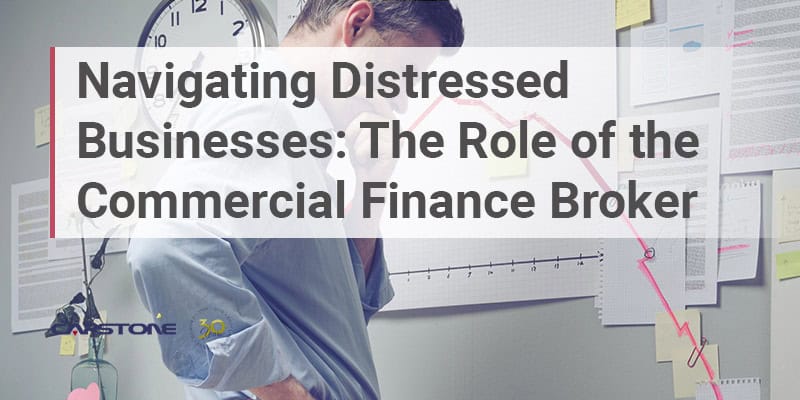The word subordination is one of the scariest words in the world for payment and performance bond issuers. It is understandable that sureties who are paid anywhere from 1% to 5% of the bond value take on enormous payment and performance risk relative to the premium earned. It is normal for the surety to want to keep as much collateral as possible to secure their position and not risk a loss on a bond.
Factors often require a subordination agreement when dealing with a surety because statutorily, the surety has a first lien on the contractor’s accounts receivable. In order to factor the account, the Factor needs first lien rights or clean title to purchase the account.
The first reaction of the surety is to say no, because they know that the subordination reduces their collateral, thereby increasing the risk of loss. This is a conventional way of looking at the problem. However, the surety is not taking into account the problems that Dodd-Frank legislation has created for the construction industry. In the past, banks were happy to issue lines of credit to contractors. However, those contractors that have earnings and profits that vary from year to year are no longer welcome at their local bank. Dodd-Frank classifies lines of credit to these contractors as risky.
Banks that once issued lines of credit to contractors have spoiled sureties. As long as there had not been a prior bond claim there would not be a UCC-1 filing against a potential borrower. The bank would issue the line of credit and all would be well. All would be well until such time that the first bond claim comes in and a chunk of the bank’s collateral, which they have already leveraged, is no longer theirs. Because of the bond claim, the most a bank can do is accelerate payments or keep all the accounts receivable collections until such time that the shortfall is collected. Depending on the size of the claim and the circumstance this can be resolved quickly or could cause the contractor to fail. Most likely the contractor will fail because other trust fund payments go unfunded as the bank pays itself back. This creates a whole host of new problems for the bank and the contractor.
If the surety has an open mind, working with the right Factor actually reduces their risk of loss. The Factor is injecting capital into a project that is causing the material men and subcontractors to be paid in a timely manner. A Factor that operates in the construction industry typically collects lien waivers in exchange for each payment made to a material man or subcontractor. Any time this happens, the surety liability decreases because the lien releases indicate that the material supplier and/or subcontractor have been paid and cannot file a lien or make a demand against the payment bond, thereby reducing the surety exposure under the payment and performance bond.
From experience, a surety will tell you that they conducted their due diligence on a contractor and that they issued the payment and performance bond because the contractor had adequate liquidity. That may be true, but once the due diligence process is complete, one never knows how many other bids have come in where no bond is required. This dilutes the working capital of the contractor and increases the potential for loss to the bonding company should the contractor take funds from job one to fund job two. This is not an uncommon phenomenon in the contracting world.
Capstone employs funds control, which ensures that all of those with lien rights get paid in a timely manner. In the alternative, we can fund the surety funds control provider to effectuate the same result.
It is our belief that when a surety subordinates to the right factoring company like Capstone, there is a smaller likelihood that their payment or performance bond will have a claim made against it. As Capstone purchases invoices and effectuates payment during the course of a job, the surety benefits each time purchase of an account occurs, and those participants with lien rights are neutralized through the exchange of a payment for a lien waiver.






